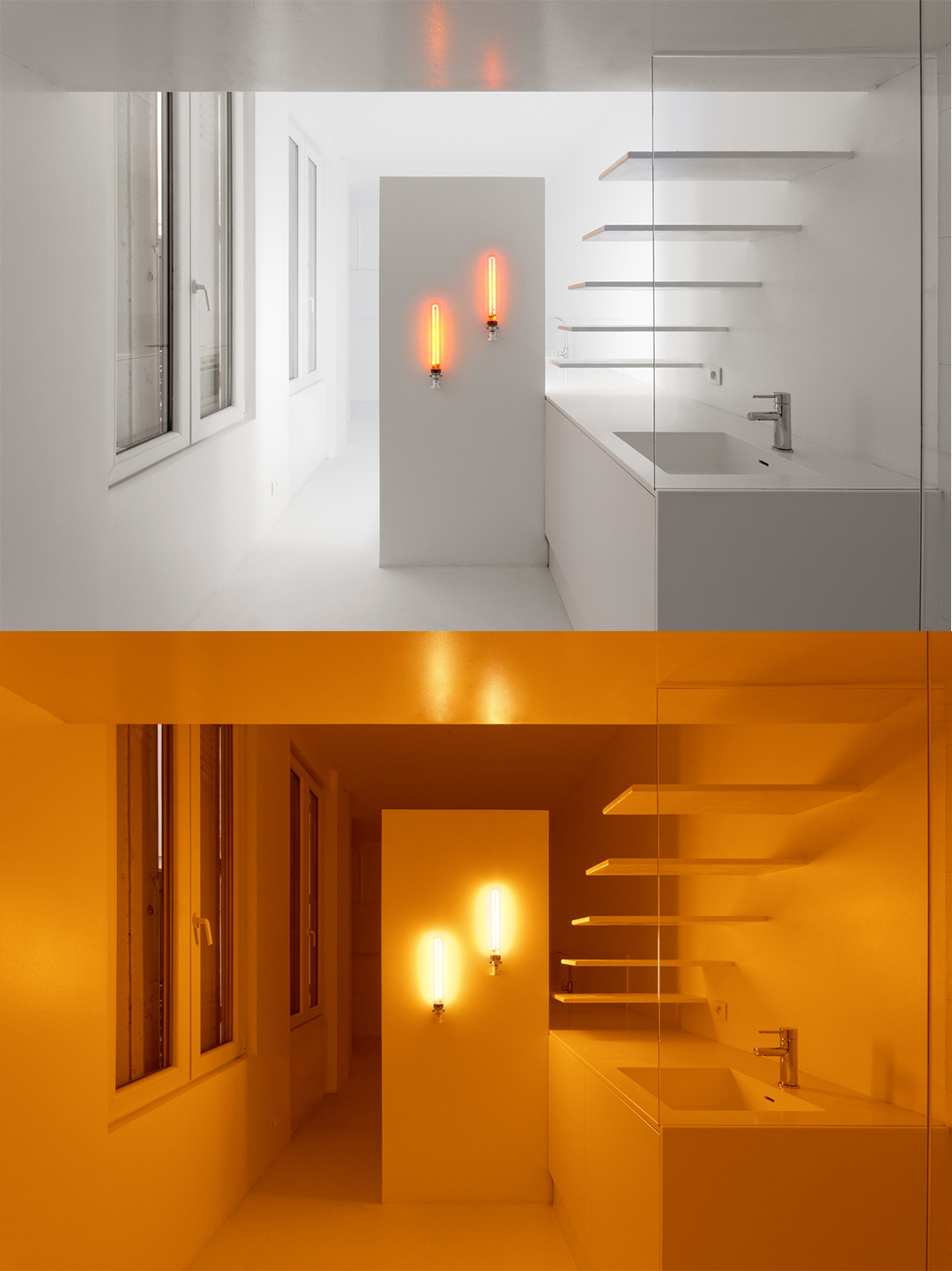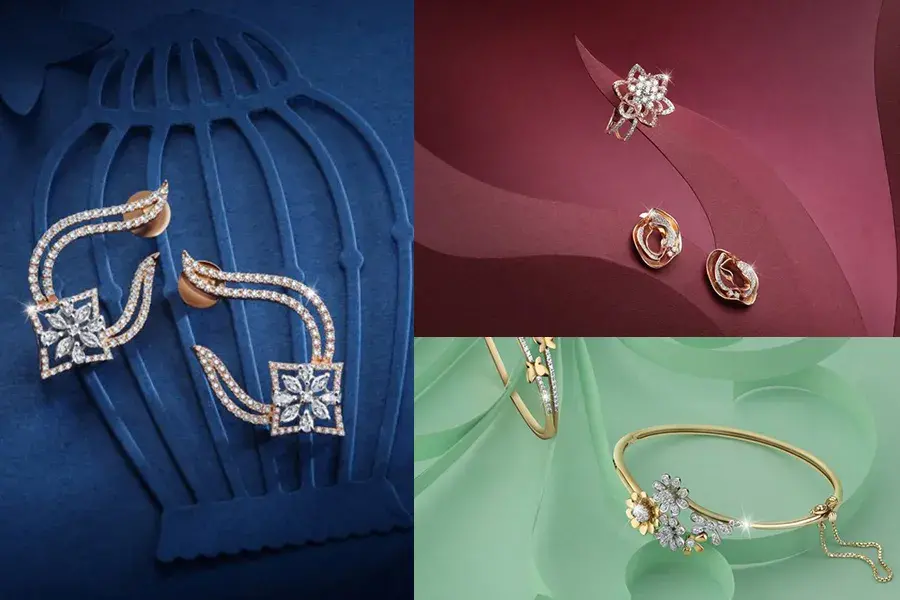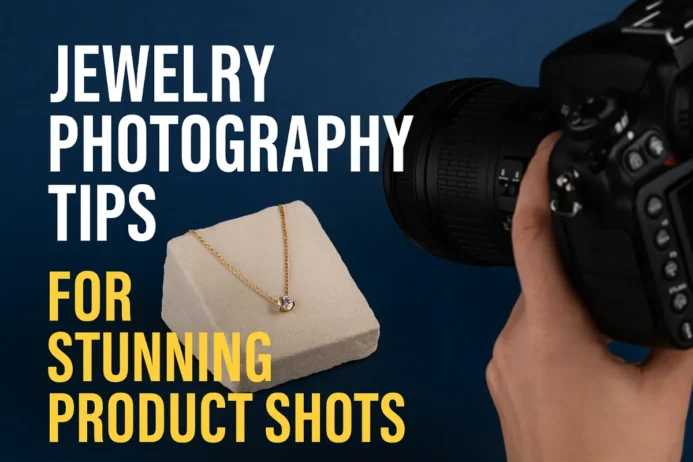🕒 Last Updated on September 17, 2025, 8:58 AM EDT
Enhance your jewelry business with expert tips for stunning product shots. Learn techniques for photographing jewelry, from lighting and styling to choosing equipment.
Enhance your jewelry business with our expert tips for stunning product shots. Learn the best techniques for photographing jewelry, from lighting and styling to choosing the right equipment. Discover how to capture the brilliance and detail of your pieces with professional-quality photos. Improve your product photography skills and create captivating images that attract customers and showcase your jewelry at its best.
🎁 Want 100+ more gift ideas for FREE ? Check out our Ultimate Jewelry Gift Ideas (Updated 2025) — perfect for every style, occasion, and budget.
The Importance of High-Quality Jewelry Photography
Why Great Photos Matter

High-quality photos are essential in the jewelry business. They attract customers, convey the beauty and detail of your pieces, and enhance your brand’s professionalism. In the digital age, your online presence is crucial, and stunning photos can make or break a sale.
The Challenges of Jewelry Photography

Photographing jewelry presents unique challenges. Reflective surfaces, small details, and the need for accurate color representation require specific techniques and equipment to achieve the best results.
Essential Equipment for Jewelry Photography
Cameras and Lenses

- DSLR or Mirrorless Cameras: These offer the flexibility and image quality needed for professional jewelry photography.
- Macro Lenses: Essential for capturing fine details, macro lenses allow you to get up close and personal with your jewelry pieces.
Lighting Equipment

- Softboxes and Diffusers: These help to create even lighting, reducing harsh shadows and reflections.
- Ring Lights: Ideal for illuminating small, reflective items like jewelry, providing consistent and flattering light.
Accessories

- Tripods: Keep your camera steady and ensure sharp images.
- Reflectors and Bouncers: Useful for directing and softening light, minimizing shadows, and highlighting details.
Setting Up Your Jewelry Photography Shoot
Creating the Perfect Lighting Environment

- Natural Light: Using natural light near a window can produce soft, beautiful light. Avoid direct sunlight to reduce harsh shadows.
- Artificial Light: Softboxes, ring lights, and other studio lighting can provide consistent, controllable lighting.
Backgrounds and Surfaces

- Neutral Backgrounds: White, black, or gray backgrounds are classic choices that highlight your jewelry without distractions.
- Textured Backgrounds: Subtle textures can add depth and interest to your photos. Ensure they do not overpower the jewelry.
Styling Your Jewelry

- Clean and Polish: Make sure your pieces are spotless. Dust and fingerprints are magnified in close-up photos.
- Props and Styling: Use props sparingly to add context and interest without drawing attention away from the jewelry. For more styling tips, check out our Jewelry Styling Guide.
Techniques for Capturing Stunning Jewelry Photos
Macro Photography Tips
- Focus Stacking: Combine multiple images taken at different focus distances to create a sharp, detailed photo.
- Use Manual Focus: For precise control over which part of the jewelry is in sharp focus.
Lighting Techniques
- Diffuse Your Light: Soft, diffused light minimizes reflections and shadows. Use softboxes, diffusers, or light tents.
- Avoid Reflections: Position lights and reflectors to reduce unwanted reflections on shiny surfaces.
Composition and Angles
- Highlight Key Features: Focus on the most attractive aspects of your jewelry, such as unique designs or sparkling gemstones.
- Try Different Angles: Experiment with various angles to find the most flattering perspectives for each piece.
Post-Processing for Professional Results
Basic Editing
- Adjust Exposure and Contrast: Enhance the clarity and brightness of your photos to make them pop.
- Color Correction: Ensure the colors of your jewelry are accurate and true to life.
Advanced Techniques
- Retouching: Remove any remaining imperfections, such as dust or scratches.
- Background Removal: Create clean, professional images by isolating the jewelry from its background. For a detailed guide on editing, visit our Photo Editing Tips.
Common Mistakes to Avoid
Overexposure
Too much light can wash out details and colors. Balance your lighting to retain the richness and depth of your jewelry.
Busy Backgrounds
Keep the focus on the jewelry. Avoid backgrounds that compete with or distract from the piece.
Ignoring Reflections
Reflections can be distracting and unprofessional. Take time to position your lighting and camera to minimize unwanted reflections.
FAQs
1. What type of camera is best for jewelry photography?
A DSLR or mirrorless camera with a macro lens is ideal for jewelry photography due to their flexibility and high image quality.
2. How can I avoid reflections in my jewelry photos?
Use diffused lighting, adjust the angle of your lights and camera, and employ reflectors or softboxes to minimize reflections.
3. What are the best backgrounds for jewelry photography?
Neutral backgrounds like white, black, or gray are ideal as they highlight the jewelry without distractions. Subtle textured backgrounds can also work if they do not overpower the piece.
Conclusion
Mastering jewelry photography is essential for showcasing your pieces in the best light and attracting potential customers. By understanding the importance of lighting, choosing the right equipment, and employing professional techniques, you can create stunning product shots that highlight the beauty and craftsmanship of your jewelry. For more tips and to see examples of our work, explore our Jewelry Photography Collection.
Teddy Jewellers

